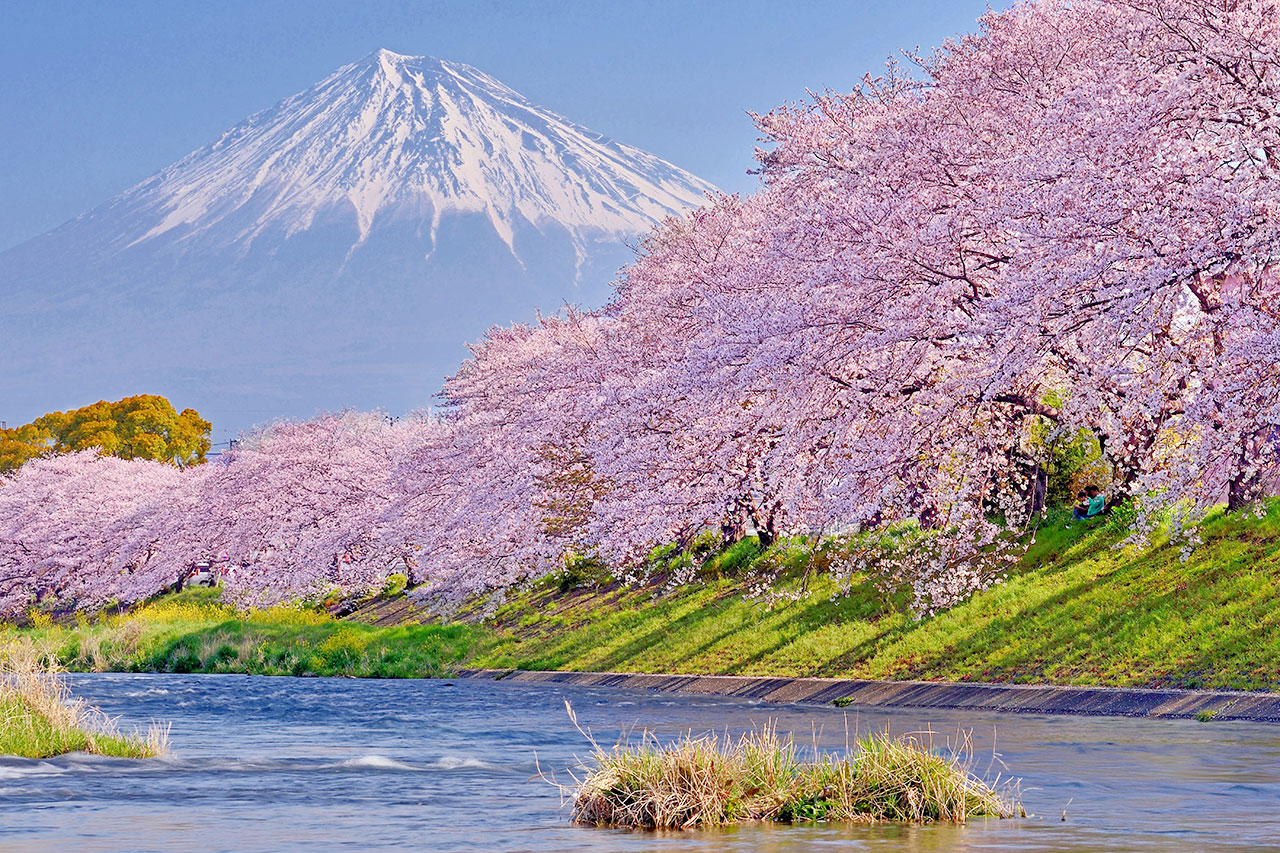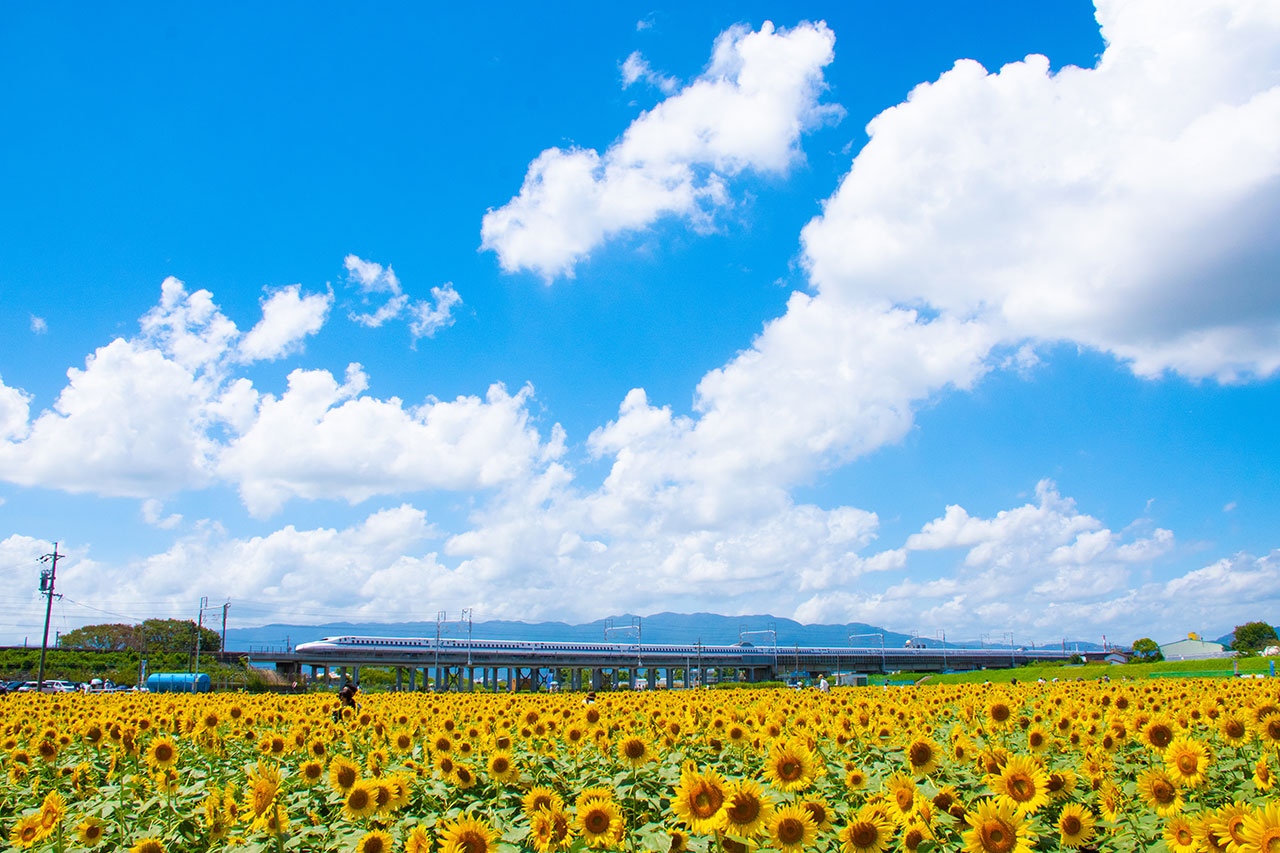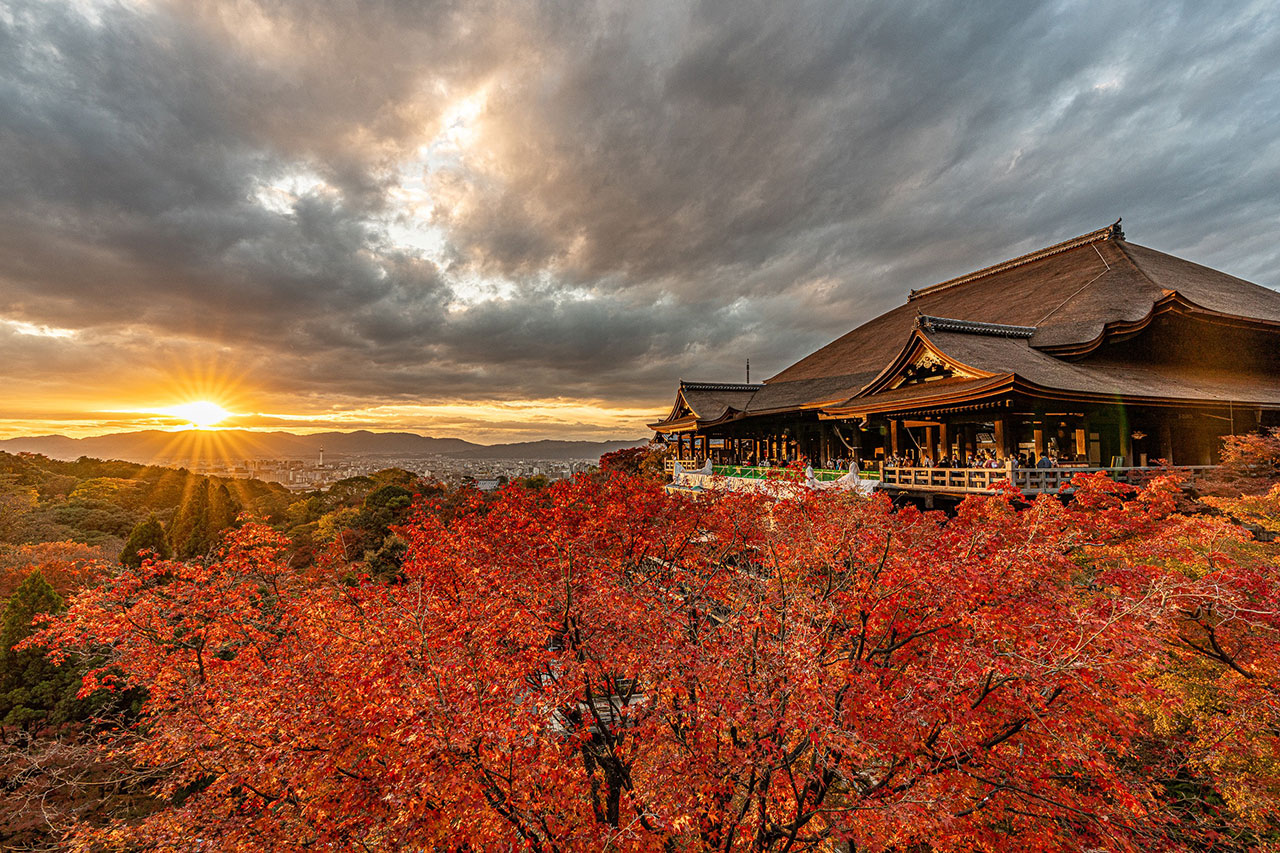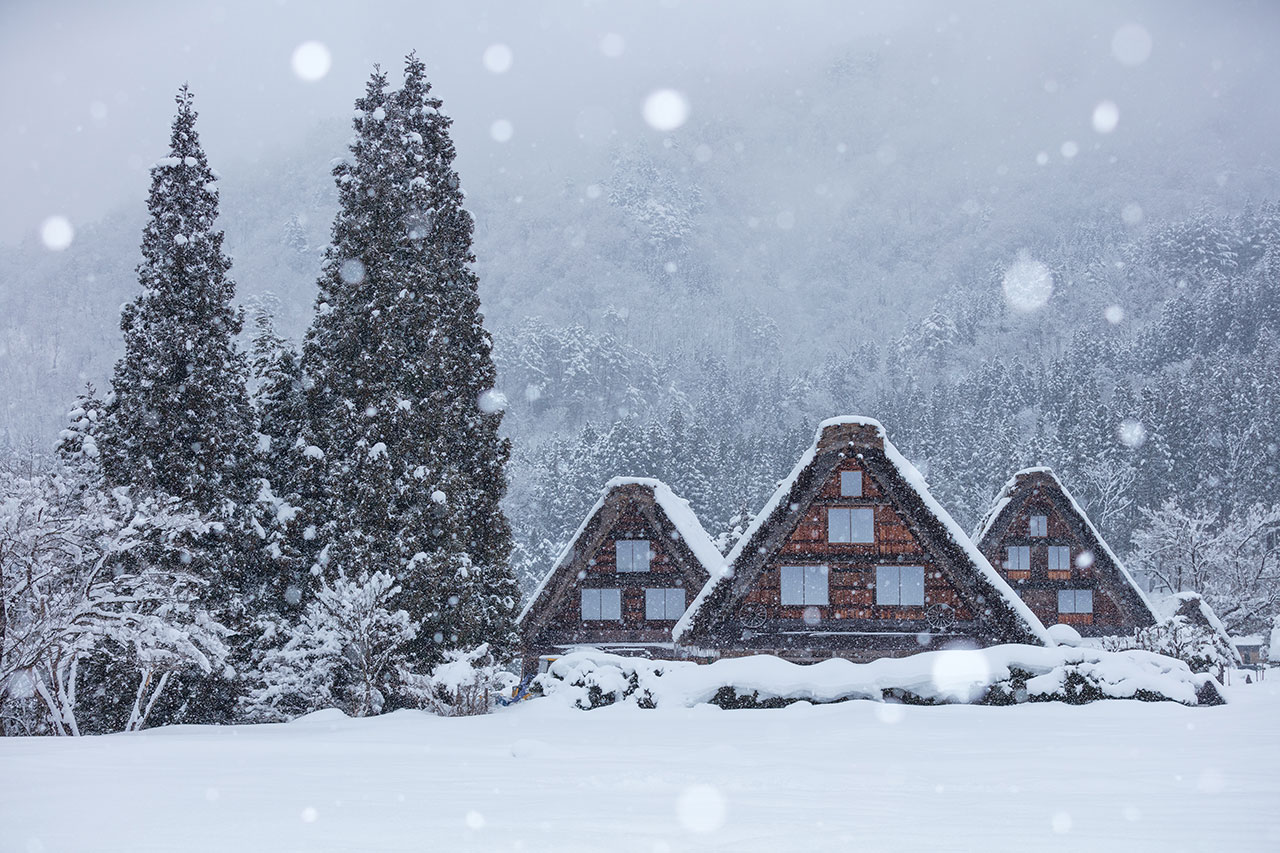Climate of Japan
Regarding Japan’s climate, most parts of Japan belong to warm and wet climate of the Temperate Zone. However, since Japan stretches from north to south, the climate differs between Okinawa Prefecture in the south and Hokkaido in the north. Hokkaido and Tohoku district belong in subarctic zone (cool-temperate climate). Climate in Okinawa belongs to subtropical zone. The reasons why Japan’s four seasons are distinct compared to other countries are that Japan is affected by ocean current since it is surrounded by ocean, and it has subtropical westerlies from the northwest in the winter and the monsoon from the southeast in the summer.
Spring in Japan (March to May)
In spring, migratory cyclones and anticyclones that alternately move eastward prevail across Japan so the weather changes every few days. Temperature differs greatly too. Warm air comes from the south so the temperature on the low-pressure east side increases. On the other hand, cold air comes from the north so the low-pressure west side temperature decreases. Sunshine duration is long in the second half of spring due to the predominance of anticyclonic systems.

Summer in Japan (June to August)
Due to the monsoon from the southeast, the weather is hot and humid with high rainfall. Japan nationwide has sunny weather and high temperature. The temperature nationwide exceeds 30℃ on many days and the temperature difference between Hokkaido and Okinawa becomes small to about 5℃. Recently we need to be careful of torrential rain, the unexpected and unpredictable concentrated heavy rain. The number of typhoons approaching Okinawa Prefecture and the Amami islands start to increase in August.

Autumn in Japan (September to November)
The autumnal rain front and typhoon brings heavy rain in September but there are still years with lingering summer heat, especially around west Japan. There are many comfortable sunny days in October due to migratory high-pressure. In November, winter weather pattern days temporarily appear after the low pressure passes and rains on Sea of Japan side while it begins to snow in northern Japan.

Winter in Japan (December to February)
The Siberian High develops from the northwest, bringing winter to Japan. The airmass is very cold and dry when this airmass develops on the mainland. However, once it passes through Sea of Japan, it takes in a large amount of water, resulting in Sea of Japan side to be one of the areas with the heaviest snowfall in the world. There are many snowy days on the Sea of Japan side in which some parts have more than 3m of accumulated snow along the mountains. On the other hand, the Pacific side of Japan has dry wind and many sunny days. The temperature is normally below zero in Hokkaido but higher than 15℃ in Okinawa and Amami, leading to more than 20℃ temperature difference between Hokkaido and Okinawa.

Climate of Japan
Japan’s climate can be distinctively categorized into the following six. Each region’s precipitation and snowfall, and the average temperature of season differs.
・Hokkaido climate
・Pacific side climate
・Sea of Japan side climate
・Central highlands climate
・Seto Inland Sea climate
・Nansei Island climate
Climate of Hokkaido
Summer is relatively cool and comfortable. However, the temperature drops below zero from autumn to spring and snow accumulates so the severe cold is one of the characteristics.
Pacific Side Climate
Summer has monsoon from the southeast, resulting in high precipitation with hot and humid weather. It is easily affected by typhoon and autumn has high precipitation too. Most days are sunny in the winter but it is very dry with cold and dry wind due to the northwest monsoon. Additionally, one of the characteristics is that this region is easily affected by typhoon.
Sea of Japan Side Climate
Most days are sunny in the summer with high temperature. However, due to the northwest monsoon, there are many rainy or snowy days in winter and the region along the mountains have heavy snowfall.
Central Highlands Climate
Annual precipitation is low all year round. Additionally, summer is hot and winter becomes below zero degrees so the temperature difference can be large. Nagano prefecture, Yamanashi prefecture, and northern part of Gifu prefecture have such climate but basin areas such as Yamagata prefecture and Kyoto prefecture also have similar climate too.
Seto Inland Sea Climate
Shikoku mountains block the monsoon in the summer and Chugoku mountains block the monsoon in the winter so they have sunny days all year. It hardly snows in the winter and precipitation is low. The temperature is warm.
Nansei Island Climate
The temperature is high all year. Summer is extremely hot and easily is affected by typhoon, resulting in high precipitation. Average temperature even in winter is around 14℃ and it does not snow or frost since it is warm.